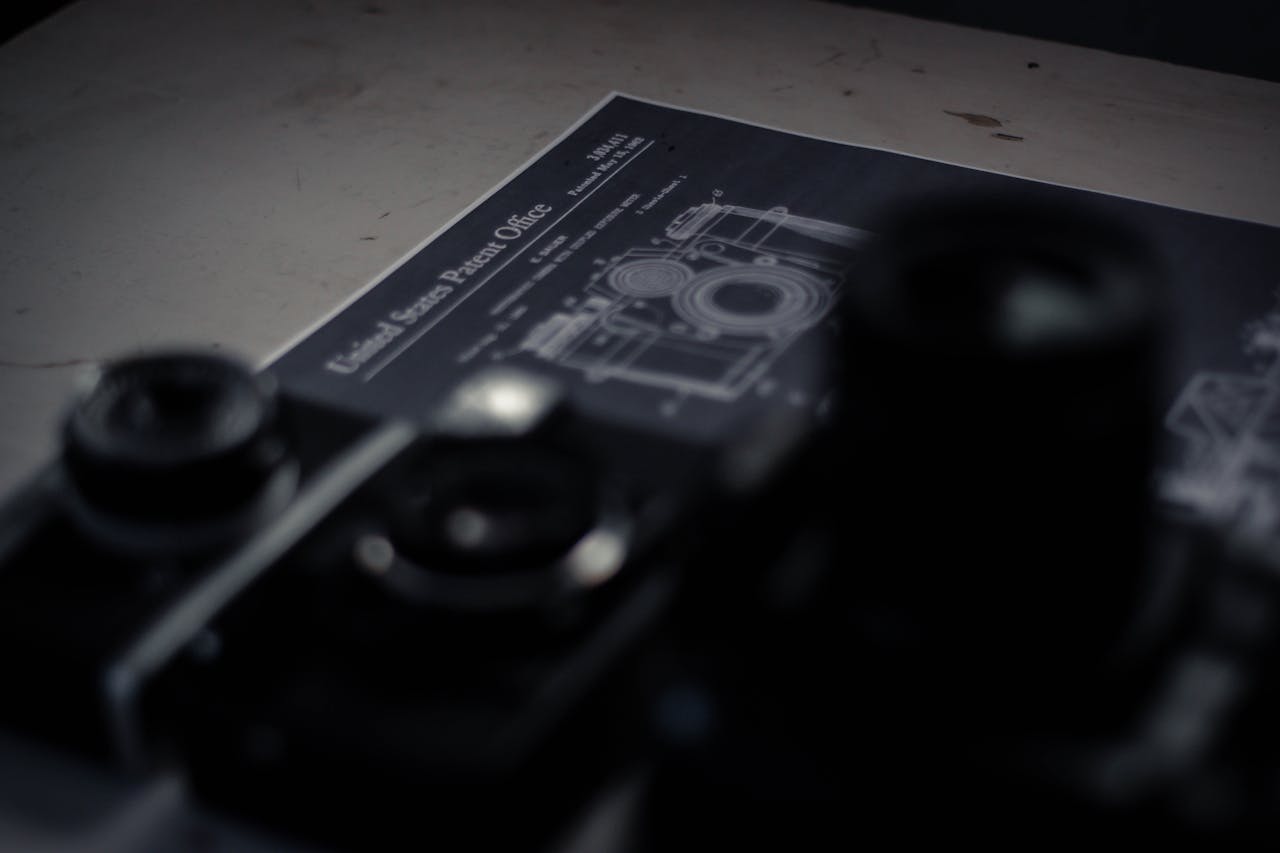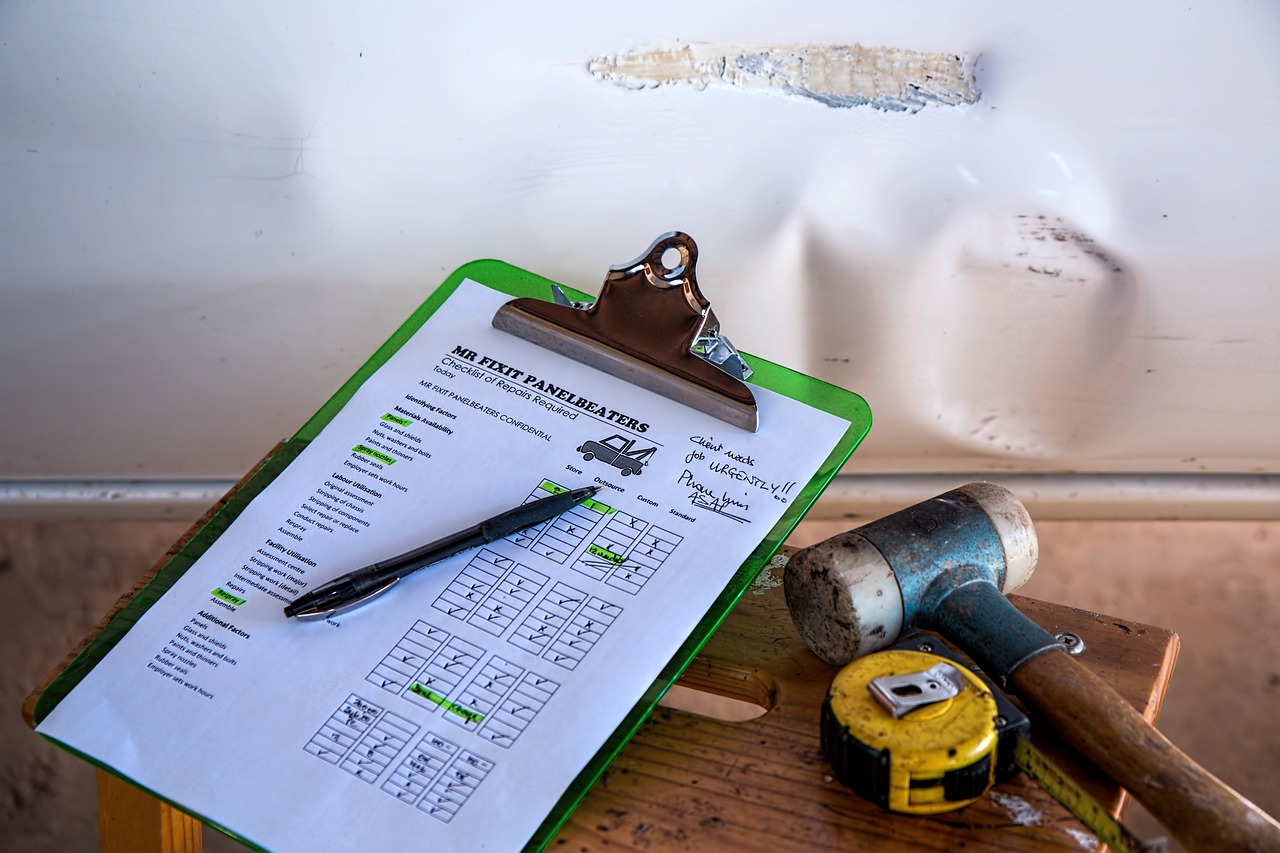Patent Authorization Documents Translation Services
Patent authorization documents are crucial legal instruments that signify the granting of a patent by a patent office. These documents confirm the legal rights of an inventor or assignee to protect their invention, and they serve as a key reference in enforcing patent rights against potential infringers. The translation of patent authorization documents is a highly specialized field that demands a deep understanding of both legal and technical language. This article will explore the different types of patent authorization documents, the challenges involved in translating them, and the best practices to ensure accurate and reliable translations.

Best Practices for Translating Patent Authorization Documents

Collaboration with Legal and Technical Experts
- Given the complex nature of patent authorization documents, it is often beneficial for translators to work closely with legal and technical experts. These experts can provide valuable insights and guidance on specific legal and technical terms, ensuring that the translation is both accurate and appropriate for the target jurisdiction.
Use of Specialized Translation Tools
- Utilizing specialized translation tools, such as translation memory systems and terminology databases, can help maintain consistency across large and complex patent translation projects. These tools allow translators to store and reuse previously translated content, ensuring that the same terms and phrases are used consistently throughout the document set.
- Terminology databases are particularly useful in managing the specialized vocabulary used in patent law and specific technical fields. These databases can be customized to include preferred translations, legal terms, and technical jargon, helping to ensure that the translation is accurate and consistent.
Quality Assurance Processes
- Implementing a rigorous quality assurance (QA) process is essential for ensuring the accuracy of patent translations. This process should include multiple rounds of review, including checks for legal accuracy, technical correctness, and linguistic quality. The QA process may also involve validation by a second translator or legal expert to catch any errors or ambiguities.
- Glossaries, style guides, and reference materials should be used to ensure that translations adhere to the required standards and maintain consistency across all documents.
Understanding the Legal Context
- Translators must have a deep understanding of the legal context in which the patent authorization documents will be used. This includes knowledge of the patent laws and regulations in the target jurisdiction, as well as the specific requirements for patent authorization documents. Understanding the legal context helps ensure that the translation is not only accurate but also legally valid and enforceable.
Continuous Training and Professional Development
- The field of patent translation is constantly evolving, with new technologies, legal developments, and best practices emerging regularly. Patent translators should engage in continuous training and professional development to stay up-to-date with the latest trends and advancements in patent translation. This can include attending industry conferences, participating in specialized training programs, and staying informed about changes in patent law and technology.
Challenges in Translating Patent Authorization Documents
Legal Precision
- Patent authorization documents are legally binding, and any inaccuracies in translation could result in legal disputes, loss of patent rights, or difficulties in enforcing the patent. Translators must be well-versed in legal terminology and concepts to ensure that the translation is both accurate and legally sound.
Technical Complexity
- Many patents involve complex technical subject matter, and the authorization documents often reference specific technical aspects of the invention. Translators need to have a strong understanding of the relevant technical field to accurately translate these documents. Misunderstanding or incorrectly translating technical terms can lead to significant issues, such as misinterpretation of the invention’s scope.
Cultural and Jurisdictional Differences
- Different countries have varying legal systems, and the way patent rights are granted and enforced can differ significantly from one jurisdiction to another. Translators must be aware of these differences to ensure that the translated documents are appropriate for the target jurisdiction. This includes understanding how legal terms and concepts may differ between the source and target languages.
Consistency Across Documents
- Patent authorization documents are often part of a larger set of documents related to the patent application and prosecution process. It is crucial that the translation of these documents is consistent with the other related documents, such as the patent application, office actions, and legal correspondence. Inconsistencies can lead to confusion or legal challenges.
Strict Formatting and Structure Requirements
- Patent authorization documents must adhere to specific formatting and structural guidelines, as required by patent offices. Translators must ensure that the translated documents conform to these guidelines, including maintaining the correct numbering of claims, sections, and references. Any deviation from the required format could result in the rejection of the document by the patent office.

Why Choose Us
Translation Quotation
The pricing for our translation services is contingent on the following determinants:
- Professional complexity and data intricacy
- Source language
- Target language
- The total volume of data to be translated
- Technical processing complexity
- Time constraints
- Layout specifications
- Ratio of specialized vocabulary
- The necessity for foreign reviewers and urgency level, etc.
To obtain the most precise estimate for your business translation project, completing our quotation form is the optimal approach.

